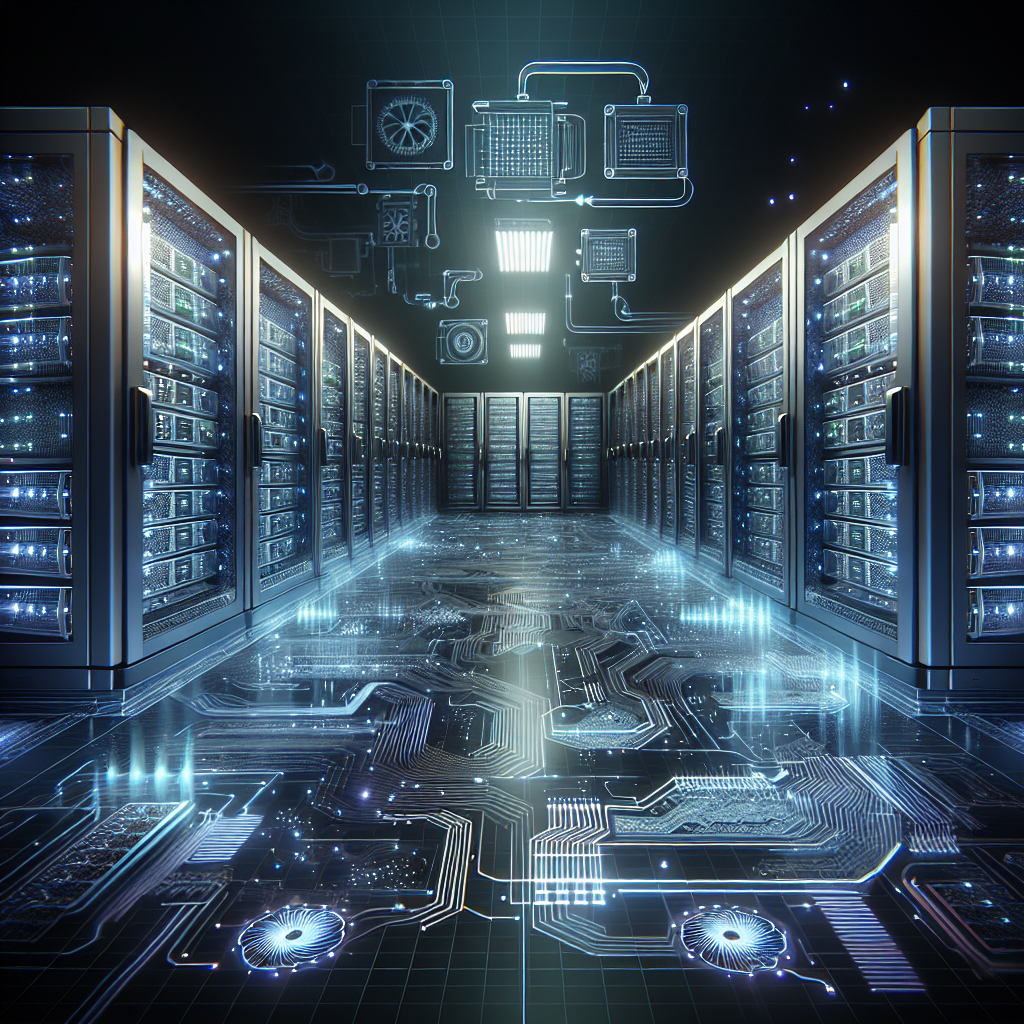Your cart is currently empty!
Top Trends in Data Center Cooling Technology

Data centers are an essential part of the modern technology infrastructure, powering everything from online shopping to social media platforms. As the demand for data storage and processing continues to grow, so does the need for effective cooling solutions to prevent overheating and ensure optimal performance. In recent years, there have been significant advancements in data center cooling technology, with a focus on energy efficiency, cost-effectiveness, and sustainability. Here are some of the top trends in data center cooling technology:
1. Liquid Cooling Systems: Liquid cooling systems are becoming increasingly popular in data centers as they offer higher efficiency and lower energy consumption compared to traditional air cooling systems. By using water or other liquid coolants to remove heat from servers and other equipment, liquid cooling systems can achieve greater cooling capacity with less power consumption.
2. Direct-to-Chip Cooling: Direct-to-chip cooling technology involves placing cooling modules directly on the surface of computer chips to remove heat more efficiently. This method allows for more precise temperature control and can significantly reduce the risk of overheating in high-performance computing environments.
3. Hot Aisle/Cold Aisle Containment: Hot aisle/cold aisle containment is a design strategy that separates hot and cold air streams within a data center to maximize cooling efficiency. By isolating hot and cold airflows, data center operators can reduce energy consumption and improve overall cooling performance.
4. Artificial Intelligence (AI) Optimization: AI-powered cooling systems use machine learning algorithms to analyze data center temperature and airflow patterns in real-time, allowing for more precise and efficient cooling adjustments. By continuously optimizing cooling operations, AI technologies can help data centers achieve greater energy savings and reduce operational costs.
5. Renewable Energy Integration: As sustainability becomes a top priority for data center operators, many are looking to integrate renewable energy sources such as solar or wind power into their cooling systems. By harnessing clean energy sources, data centers can reduce their carbon footprint and operating costs while ensuring reliable cooling performance.
6. Modular Cooling Solutions: Modular cooling solutions offer a flexible and scalable approach to data center cooling, allowing operators to easily add or remove cooling capacity as needed. By using modular components such as cooling towers, chillers, and heat exchangers, data centers can adapt to changing cooling requirements without major infrastructure changes.
7. Edge Data Center Cooling: With the rise of edge computing and the proliferation of IoT devices, edge data centers are becoming more common in remote locations. These smaller facilities require specialized cooling solutions to maintain optimal operating conditions in challenging environments. Innovative cooling technologies such as micro-data centers, liquid immersion cooling, and outdoor air economizers are being developed to address the unique cooling needs of edge data centers.
In conclusion, data center cooling technology is evolving rapidly to meet the growing demands of modern data processing and storage environments. By embracing innovative solutions such as liquid cooling systems, direct-to-chip cooling, AI optimization, and renewable energy integration, data center operators can achieve greater efficiency, sustainability, and cost-effectiveness in their cooling operations. As the industry continues to advance, we can expect to see even more groundbreaking developments in data center cooling technology in the years to come.

Leave a Reply